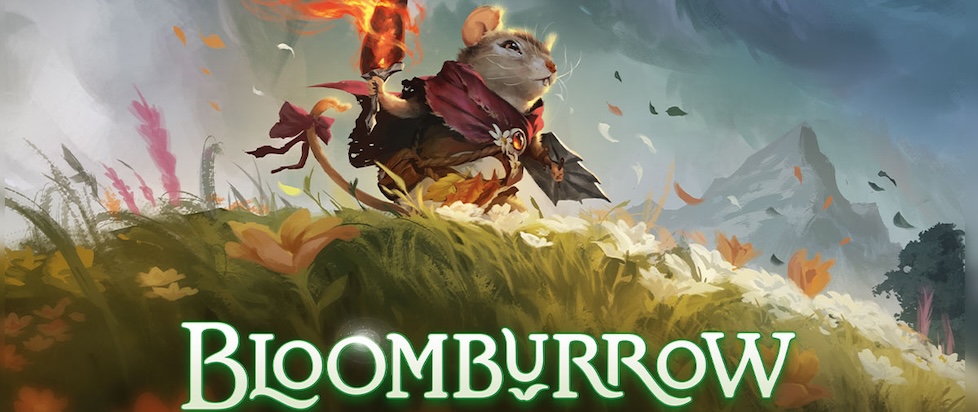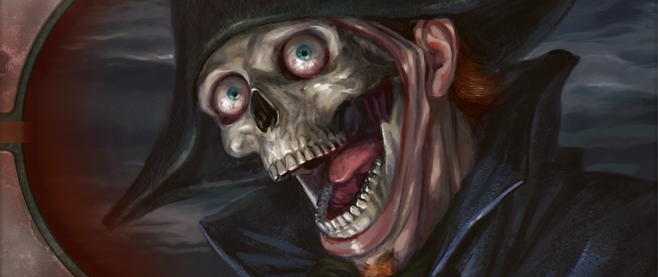
Farewell to the Fallen: Magic: The Gathering Arena Cards We’re Glad to See Go
The year 2024 marked the first rotation in Magic: The Gathering Arena following Wizards of the Coast’s shift to a three-year rotation cycle. While this change aimed to extend the life of cards in the Standard format, thereby attracting new players and retaining existing ones, it became painfully obvious that WotC had not adequately planned for the sets rotating in and out to be played simultaneously. Some cards overstayed their welcome, making the longer wait for rotation even more frustrating.
As we bid farewell to Innistrad: Midnight Hunt, Innistrad: Crimson Vow, Kamigawa: Neon Dynasty, and Streets of New Capenna, let’s revisit mono-color cards that we’re glad to see rotate out. These cards once dominated the Standard format and have left their mark, but it’s time for new strategies and experiences to take center stage.
———
White
Introduced in the Kamigawa NEO set, The Wandering Emperor is a versatile planeswalker card known for its low mana cost and flash ability. It can gain life, exile creatures, and create a board presence on its own. The Wandering Emperor was a staple of the standard format until rotation, and it would still be a viable option in today’s meta if it were legal. But I’m sure we are all happy it went away.
Thalia, Guardian of Thraben, introduced in Innistrad VOW, is a two-mana creature that’s best described as oppressive. Her deceptively simple ability, “Non-creature spells cost one more to cast” often proved to be the nail in the coffin for the opposing player. The extra turn needed to cast critical spells like sweepers or counters was frequently enough to make you scoop (Ed note: to “scoop” means “to quit,” which I was delighted to learn!).

Blue
Dating all the way back to Innistrad MID, Memory Deluge is a quintessential card-advantage spell for blue mages. Primarily found in control decks, this spell lets you dig into your deck and select the perfect cards for the matchup. The seven-mana flashback allows you to dig even deeper, making it a powerful tool for control decks seeking the right solutions. More often than not, a flashed-back Memory Deluge meant the game was over.
Make Disappear is a two-mana counterspell from Streets of New Capenna (SNC) that perfectly embodies the blue color’s philosophy for control. It counters any spell unless the opponent pays an additional two generic mana, making their turns awkward due to mana restrictions. You can also sacrifice a creature to copy the effect, making it nearly impossible for your opponent to resolve their spells or have a productive turn. This inexpensive and versatile card remained a threat until rotation.
Black
Graveyard Trespasser (GT), a werewolf creature from Innistrad MID, is an oppressive threat that impacts both graveyards and life totals. When it enters the battlefield or attacks, it exiles cards from the graveyard and exchanges life points between players. GT’s ability was a great way to counter flash spells and decks that relied on their graveyard. GT has an aggressive nature, and given that the only way to target GT is by discarding a card, it ensures that it continues to have an impact even after removal.
Released in Kamigawa NEO, Invoke Despair aptly reflects how the opponents feel when you cast it. This powerful spell, which was eventually banned from Standard play in 2023, could single-handedly turn the tide of a game. Invoke Despair allowed you to clear creatures, planeswalkers, and enchantments, or draw cards, generating additional value. Synergies with powerful cards like Sheoldred, the Apocalypse made it so dominant that it was banned before rotation.
Red
Fable of the Mirror-Breaker is another card from Kamigawa NEO that was also banned before rotation. This three-mana saga combined three powerful spells into a single enchantment. It created a 2/2 creature that generated treasures when attacking, allowed you to discard and draw cards to dig into your deck, and produced another 2/2 creature that could copy other creatures. If left unchecked, two of these could create an infinite combo and win the game instantly. Quite fun, indeed!
Revisiting Kamigawa NEO we find Kumano Faces Kakkazan (KFK), another three-spell saga from Kamigawa NEO. While not overpowered in a vacuum, KFK’s low mana cost and powerful effects, in combination with the meta, made it a staple of aggro decks. It deals damage, empowers your creatures and spawns a creature that exiles any creature that dies. Due to its efficiency, KFK was frequently included in mono-red decks, often spammed alongside cards like Phoenix Chick and Monastery Swiftspear.

Green
Let’s talk giant monsters, shall we? Streets of New Capenna (SNC) introduced Titan of Industry, a powerful staple for mono-green decks. This eight-mana 7/7 creature offers versatility upon entering the battlefield with abilities that let you gain life, destroy artifacts or enchantments, create a creature, or protect your creatures with a shield. This adaptability allows you to stabilize, pressure your opponent, or recover based on the situation. While the high mana cost is a drawback, Titan of Industry can be a great way to close games.
Kami of Transience is another card from Kamigawa NEO that was a dominant force in Selesnia enchantment decks. Its oppressive nature and resilience made it a formidable threat. The deck’s synergy with enchantments amplified Kami’s power, and its ability to return from the graveyard after another enchantment was destroyed created a powerful loop. This relentless creature proved difficult to overcome, growing quickly and often returning to the battlefield.
———
It’s still too early to draw any definitive conclusions about the impact of the Standard format’s changes, whether positive or negative. Rotation is key for keeping Standard fresh and giving underplayed cards a chance to shine. Bans, however, are a tool WotC can use to monitor the health of the format.
The extended shelf-life of the new sets can be a great way to incentivize casual players to keep playing and attract new players to enter the complex and exciting world of MTG Arena without fear of investing time and effort without adequate rewards.
As WotC continues to release new sets, starting with Bloomburrow, their full plan will be revealed. We can only hope that WotC is diligently designing sets that work well together to produce an incredibly resilient game with enormous growth potential.
———
Kevin Capon Goldszmidt is a passionate gamer, enjoying games on a variety of devices, from mobile to PC, Steam Deck, and even Mac. When he’s not working, you can find him listening to audio dramas. The two often overlap. You can find him at @KevinGoldszmidt




